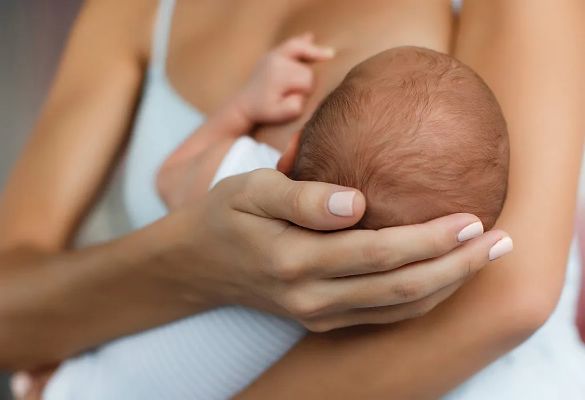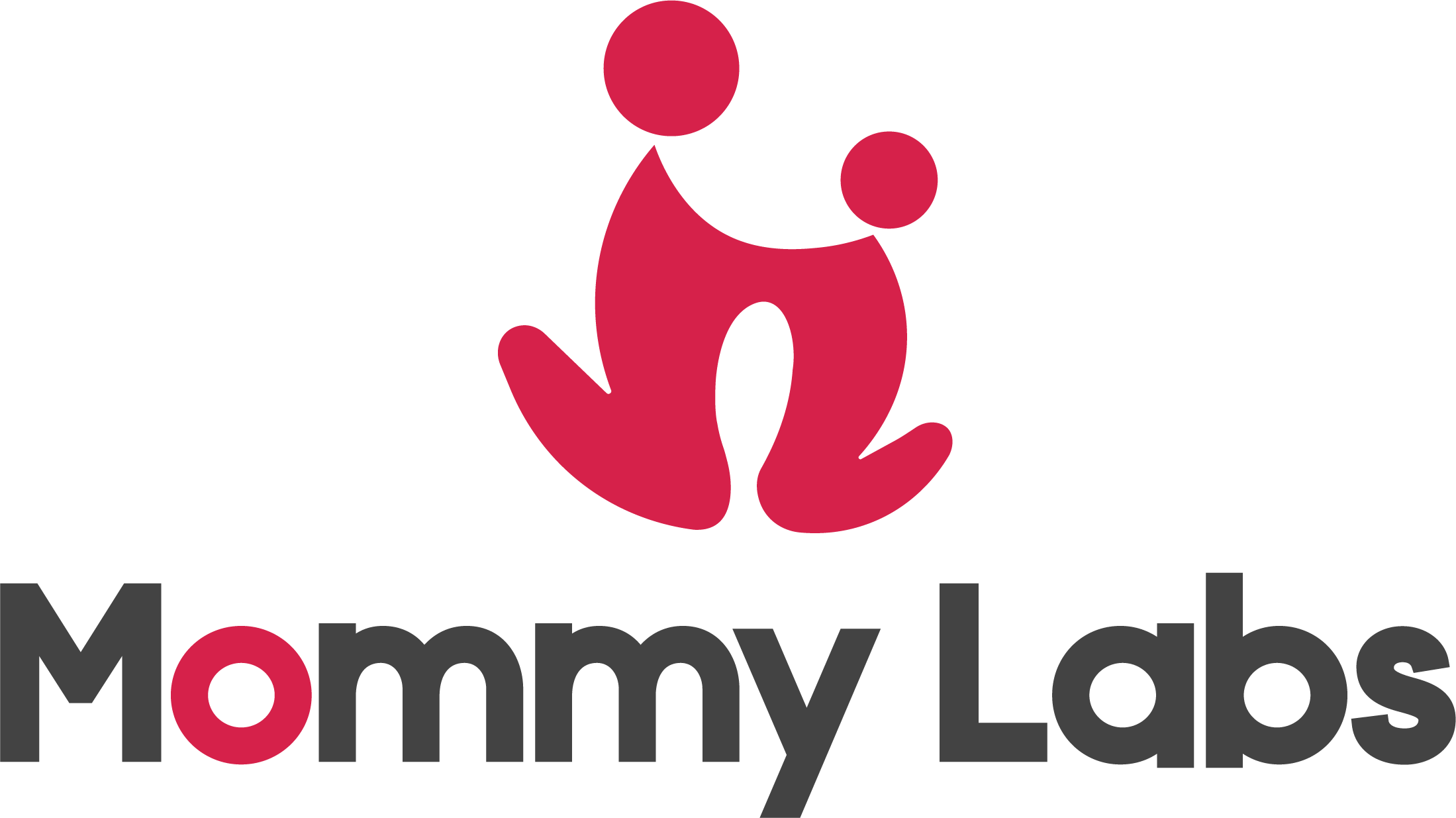Have you ever wondered when babies start sweating? Well, sweat is like the body’s way of cooling down when it gets too warm. Babies are not born sweating like grown-ups. They need a little time to learn this cooling trick.
Babies, like adults, have sweat glands, but they don’t work the same way from the start. When scientists studied this, they found that full-term babies, those born at 36 weeks or later, can begin sweating from the very first day of their life. But for babies born before 36 weeks, don’t sweat right away. However, something amazing happens in those early days after birth. As time goes by, even these premature babies learn to sweat. By their 13th day of life, all babies can sweat, no matter when they are born. The first place you’ll notice them sweating is often on their forehead. So, while it takes a little time to kick in, baby sweat is important in keeping their bodies cool and comfy.
In this article, we will explore the world of baby sweat. We’ll learn when babies begin to sweat, why it’s important, and what it looks like. Understanding baby sweat is essential for parents and caregivers to keep their little ones comfy and healthy.
When Do Babies Start Sweating? – 36 Weeks Baby And 13th Day Of Birth

Scientists have conducted 117 studies involving 85 term and preterm infants to find out. They placed these infants in incubators and gradually raised the air temperature until the babies started sweating or until their rectal temperature reached 37.9°C. The results are quite fascinating. Most babies born at 36 weeks of gestation or later were capable of sweating right from day one, primarily on their foreheads. However, the ability to sweat was initially absent for those born prematurely. But as days passed after their birth, these premature babies rapidly developed the capacity to sweat, and by the 13th day, all the infants studied were able to sweat.
Acetylcholine and Sweat Gland Reaction – Research Study

The study investigated how sweat glands in newborn babies respond to changes in temperature and the chemical acetylcholine. Here’s an explanation:
- Researchers measured how much sweat babies produced under different conditions. They used special equipment to do this and placed it on the baby’s thigh. They also tested total sweat production in a closed room and where on the body the baby sweated using a special paper.
- They found that babies born very early (less than 210 days since conception) did not sweat in response to changes in temperature, even if their body temperature increased. In slightly older babies, sweating first occurred on the forehead and temples, then on the chest, and eventually on the legs (around 240-260 days after conception). Babies born prematurely began to sweat on their limbs earlier.
- The researchers tested the response of sweat glands on the thigh to a chemical called acetylcholine (ACh). They found that babies under 225 days since conception did not respond to this chemical, but babies born closer to their due date did. The response got stronger after multiple tests in some babies. Babies born close to term showed a stronger response the second time they were tested in their first two weeks.
- They discovered that babies born near their due date had more active sweat glands on their thighs than adults, but each gland produced less sweat in a given time.
- In babies with brain defects affecting temperature control, there was no sweat response to temperature changes or the sweat glands’ chemical stimulation.
- The maturation of the sweat glands appears to rely on the baby’s central nervous system and is influenced by post-birth factors. The study suggests that the lack of sweat response in premature babies is due to the underdevelopment of their sweat glands. However, it doesn’t fully explain why full-term babies only show a modest sweat response to changes in temperature.
What Are The Signs of Sweating in Babies?
Here are some signs that may indicate sweating in babies:
- Damp or Moist Skin
When a baby sweats, their skin can feel damp or moist to the touch. You might notice that their forehead, neck, or the back of their head feels a little wet.
- Wet Hair
Sweating can make a baby’s hair appear damp or slightly wet, particularly around the scalp.
- Red or Flushed Face
Sometimes, when a baby sweats, their face may turn a bit reddish or flushed. This can be a sign that they are feeling warm.
- Clamminess
A sweaty baby’s skin might feel clammy, which means it’s cool and slightly sticky.
- Irritability and Discomfort
Babies who are sweating excessively may become fussy, irritable, or uncomfortable. They might cry or seem restless because they’re trying to tell you they’re too warm.
- Increased Thirst
Sweating can lead to increased thirst. If your baby is sweating, they might want to drink more milk or water.
Factors Affecting Baby Sweating
Several factors can affect how much a baby sweats. Here’s an explanation of these factors:
- Age: Babies don’t start sweating right after birth. Their sweat glands usually take a couple of months to develop fully. So, a baby’s age is a significant factor. Newborns don’t sweat much, but as they age, they’ll sweat more, especially when they’re active or it’s hot.
- Temperature: The weather and the room temperature play a big role. Babies are more likely to sweat to cool down when it’s hot. On the other hand, if it’s very cold, they might not sweat as much because their body is trying to keep warm.
- Activity Level: When babies move around a lot, like when they play or fuss, they can work up a sweat. So, their activity level is a factor. If they’re more active, they might sweat more.
- Clothing: What your baby wears can make a difference. If they wear too many layers or heavy clothes, they may get warmer and sweat more. It’s important to dress them appropriately for the weather.
- Humidity: High humidity (lots of moisture in the air) can make it harder for sweat to evaporate and cool the body. So, in a humid environment, babies may sweat more.
- Illness or Fever: When a baby is sick or has a fever, their body might sweat more as it tries to fight the illness and regulate its temperature.
- Genetics: Some babies might naturally have more sweat glands or be more prone to sweating due to their genetics.
Wind Up With Due Care Of A Sweaty Baby
In the world of baby sweat, we’ve discovered when it begins and what it looks like. As caregivers, understanding the factors that influence baby sweating is important for protecting them with comfort and health.
Age, temperature, clothing, and activity level all play a role. To keep your baby cozy, dress them appropriately, maintain a comfortable environment, and keep them well-hydrated. Paying attention to these factors and being proactive can ensure your baby’s well-being and happiness as they grow.
